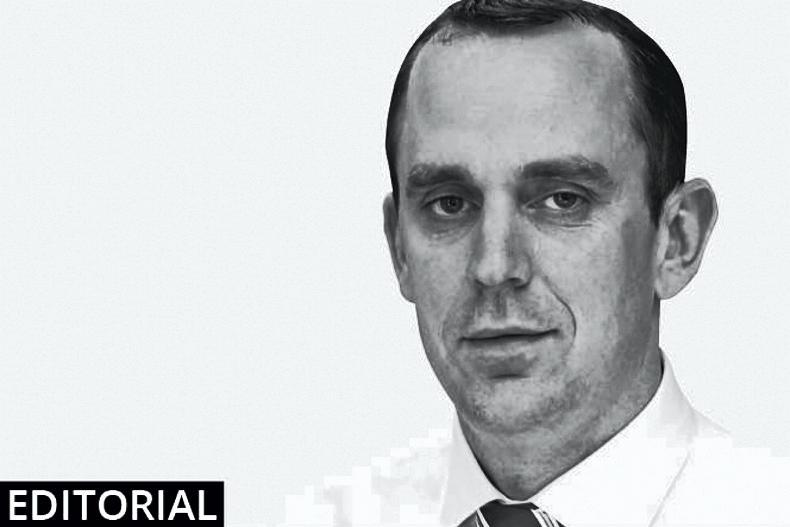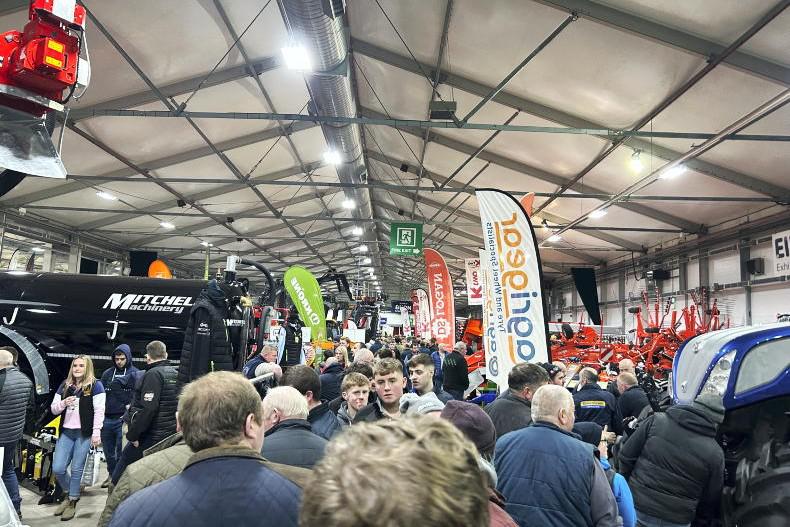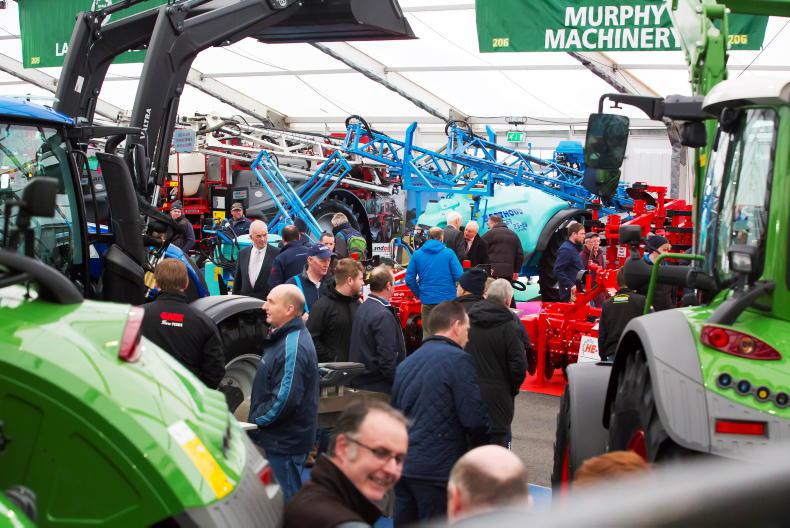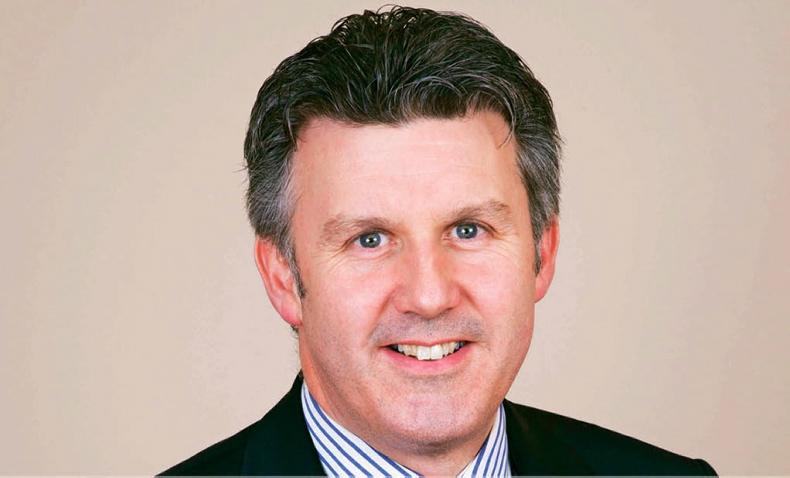In recent decades, the focus of agriculture in Ireland and around the world has been on driving output. While still the case, the importance of sustainability and protecting the soil and environment for future generations is gaining more attention.
The annual Fertiliser Association spring seminar this week highlighted the fact that the recommended fertiliser rates for cereal crops have more than doubled since the 1960s to meet the off-takes of higher yielding crops.
Increased stocking rates and intensive farming systems have evolved to meet the food demands of a growing population and for the farmer, it is a simple case of remaining viable.
The role of modern machinery has moved with the changing needs of agriculture. It is a trend which is clearly continuing based on the sophistication of the machines on display at the FTMTA Farm Machinery Show in Punchestown this week.
Twenty years ago, a 100hp tractor and a double-chop silage harvester were considered to be high output. At that time, silage harvesting outputs of 15-20 acres per day were common, meaning it took much longer to get the national silage crop harvested than it does now. Today, a modern self-propelled harvester can deliver at least five times that amount of silage in the same time. This has shortened the harvesting window and contributed to improved silage quality. One self-propelled forage harvester has the ability to harvest enough grass dry matter in a day to feed a 100-cow herd over the entire winter.
Every farmer is aware of the need for investment in farm machinery. The challenge is deciding how to best utilise the investment on the farm, and deciding how much investment can be justified based on the size and scale of the operation.
Tractor prices have increased again with the latest emissions regulations adding to engine design cost. The average price for a standard 100hp tractor is now in the region of €55,000, with higher specs bringing the price up to potentially €80,000. This increase in cost is not really reflected in any additional advantage in the field – other than a marginal improvement in fuel efficiency.
To get the most efficient and technologically advanced machines working in our fields every day, a new approach may be needed. Contractors are the first option for farmers aiming to reduce machinery costs. Most contractors will have the land base or workload to justify investment in the latest technology.
The use of a contractor is justified for two reasons: firstly, the quality of the work is improved by using more modern and efficient machines; secondly, the farmer cannot justify the time or investment involved in carrying out the work.
In Ireland, the use of GPS is not uncommon, with many tillage farmers using it and adding section control to machines with subscription guidance services.
In other countries, the uptake of variable rate technology and yield mapping is much higher and seems justified on the larger scale farms. We don’t yet know how these systems would benefit farming in Ireland. One would imagine that having more information and control over input costs should yield a return to the farmer over time.
Soil health and the environment could also benefit from improved technology reducing the use of unwanted fertilisers and chemicals.
The challenge for Irish agriculture is to figure out how to make the best use of modern technology on our smaller scale farms. Should an Airbnb approach be used where machines can be shared among farmers with common needs? Could one high-tech sprayer fulfil the needs of three older models in the local area? Such management systems are in use in France and other countries, as reported on previously in the Irish Farmers Journal.
In a positive development for tillage farmers, TAMS II will offer the opportunity to invest in GPS equipment and other sustainable farming machinery. We will have to wait a little longer for the full details of the scheme.









SHARING OPTIONS